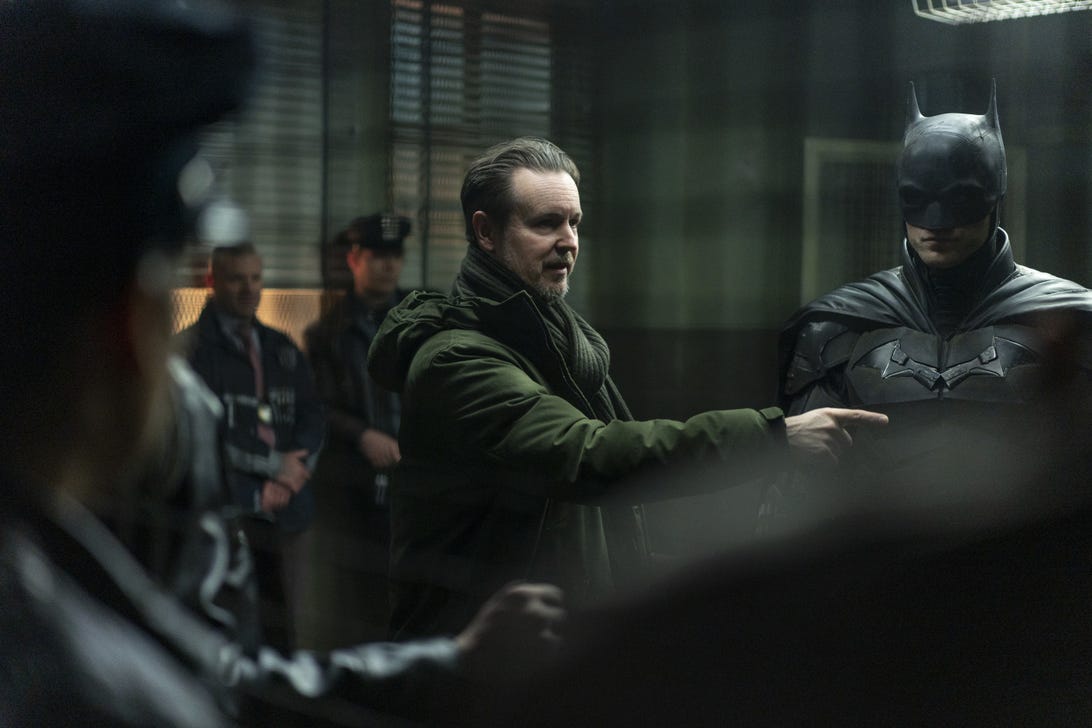
The Batman director Matt Reeves took inspiration from noir cinema.
Jonathan Olley/DC
The Batman hit theaters on Friday, sending Robert Pattinson on a moody adventure as the Dark Knight detective. The film is directed by Matt Reeves, whose task was to come up with a fresh take on Batman after many previous movies. So he turned to the noir roots of the comic and classic movies to craft a chilling, apocalyptic movie that’s more serial killer chiller than superhero adventure.
The hunt for the Riddler (Paul Dano) sees Batman working with Selina Kyle (aka Catwoman, played by Zoë Kravitz) and GCPD Lieutenant James Gordon (Jeffrey Wright), with backup from Bruce Wayne’s beloved butler and mentor Alfred Pennyworth (Andy Serkis). Their journey takes them into Gotham’s corrupt depths, unleashing mobsters, murder and mayhem from the horror-influenced opening scene to the exciting ending.
The new film is among the best of Batman’s cinematic exploits, but that’s no surprise given the quality of director and writer Reeves’ previous work, which includes 2008’s Cloverfield and 2010’s Let Me In, as well as his gripping blockbusters Dawn of the Planet of the Apes and War for the Planet of the Apes.
I chatted over Zoom with the energetic yet thoughtful Reeves (who co-wrote the movie with Peter Craig), and we touched on the DC film’s creepy opening scene, returning to Batman’s detective roots, and giving us a raw and angry hero.
Here’s a transcript of our conversation, lightly edited for clarity. We don’t go into major spoilers, but reading on might give you a sense of some of the movie’s events. If you want to remain totally clueless about Batman’s journey, come back after you’ve seen it.
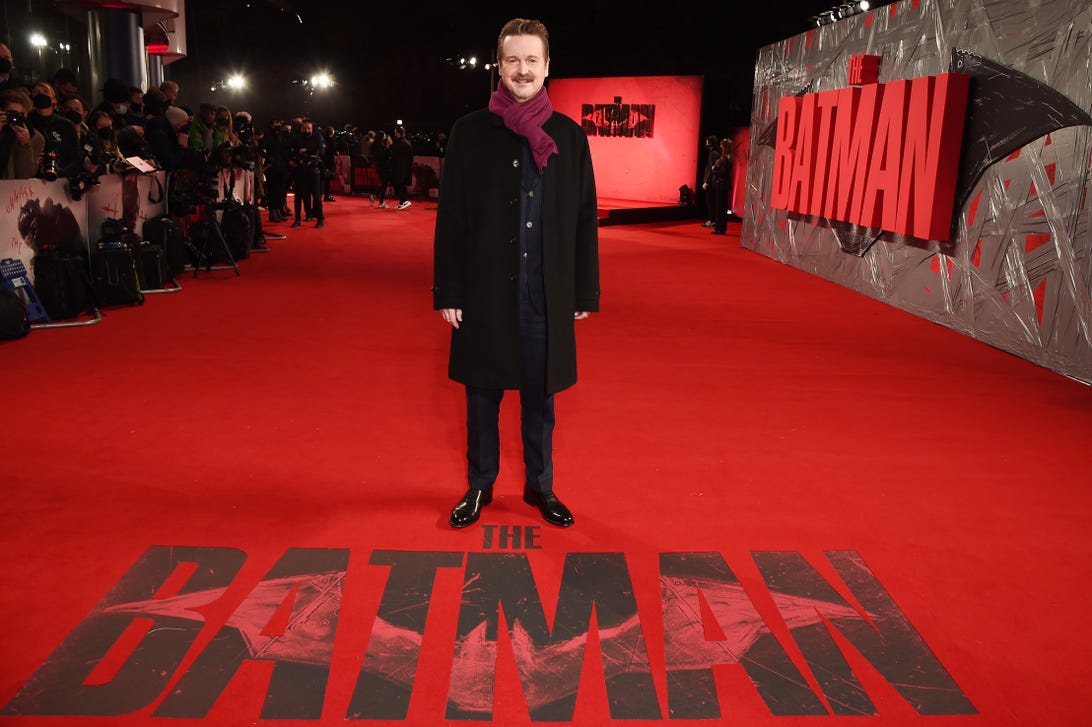

Reeves, seen at a London screening, wanted to throw audiences off with the movie’s opening scene.
Warner Bros.
I was blown away by how intense and engaging The Batman was. The opening shot of the Gotham City mayor’s house set the tone so well; it has an unsettling, voyeuristic quality. What made you decide to kick off the movie like that?
Reeves: I wanted to put you in the shoes of these characters. I’m very drawn to the storytelling of Alfred Hitchcock because the act of cinema-going is voyeurism, right? We’re all looking into people’s lives on the screen. And I thought the idea of putting the audience into the shoes, or in this case, the binoculars of the Riddler, and having him spy right from the beginning, would be an unexpected way to begin a Batman movie.
These movies normally begin with a lot of action — something kinetic and crazy happens. But starting with Ave Maria [a classical piece by Schubert] puts you off-kilter. You start to realize, “Oh, something not good is going to happen.” And so it gets you into this kind of mindset.
It sure did, I was deeply unsettled. Were the mayor’s family designed to evoke the Waynes?
Yeah, absolutely. It was important to me that when Batman sees the mayor’s son in the wake of what happens, that he is really looking at himself. I wanted to find a way to touch on his origin without seeing the origin.
In a way, Bruce and that boy are bonded very profoundly in that moment, because not many people he comes across experienced the same trauma that did when he was 10 — to see another child going through that would affect him really deeply. And hopefully draws the audience in without seeing all of that again, without having to see Martha’s pearls and the Waynes get murdered in Crime Alley.
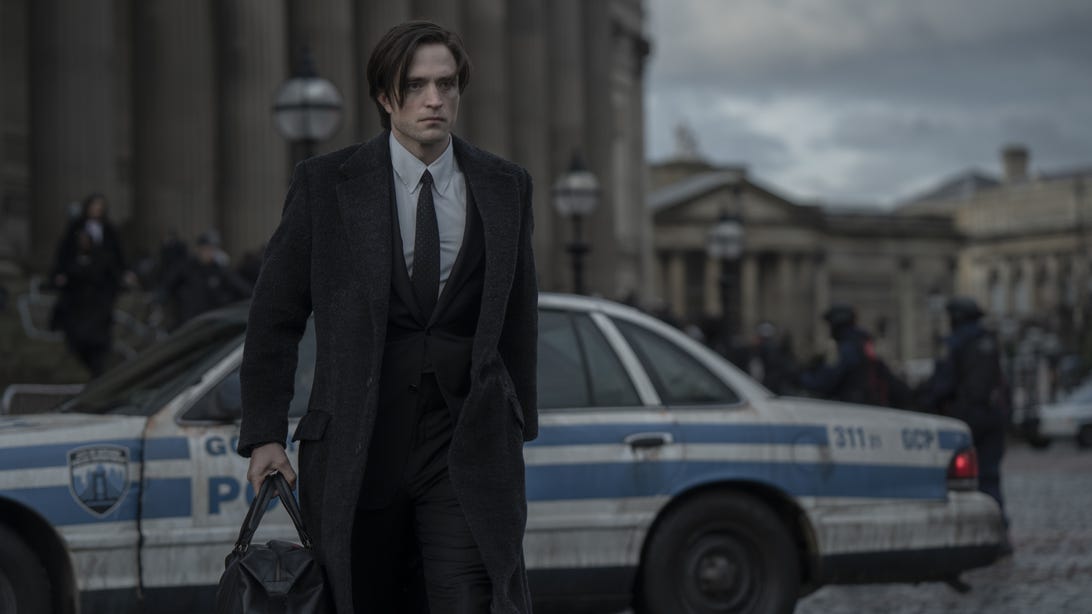

The movie alludes to Bruce Wayne’s childhood trauma without actually showing it.
Jonathan-Olley/DC
Then the other part of it was to show you moments where things are not as they are supposed to be. It seems to be a very a warm family and yet, in the wake of that murder, you find out that this mayor is not what he said he was and he’s involved in some extramarital affair.
So people who are supposedly legitimate are revealed to not be what they claimed to be. We got to see that family and then reveal a truth that wasn’t perceivable from that opening vignette.
I love that it was a proper detective story since it’s a core element of Batman’s character that previous movies haven’t leaned into as much. What made you decide to take that focus?
For exactly that reason. I felt that the other films had made reference to some of the spycraft, but it wasn’t the thrust of the narrative. I thought it’d be really interesting to do something that goes back to the noir roots and make the world’s greatest detective the focus.


Batman dives into some classic detective work.
Warner Bros Pictures/ DC Comics
I thought that would allow us to create a movie that felt tonally very different, a kind of a psychological thriller, almost a horror movie at points, with this serial killer’s cat and mouse game. I felt like that would potentially be very true to many of the comics, but also something that would be very new to the movies.
It draws a great deal of inspiration from the comics. I was surprised to see that it seemed like you were going with Scott Snyder’s Zero Year, as well as Jeff Loeb’s The Long Halloween.
Among other things, yeah. Zero Year is something I definitely read. I think that Long Halloween probably had a greater influence on the narrative because it was the one that unlocked the idea of doing a serial killer movie. I just kind of went backwards from that and thought about what it would be like in the real world; it made me think of the Zodiac Killer, leaving ciphers and puzzles for the police, which made me think of the Riddler.
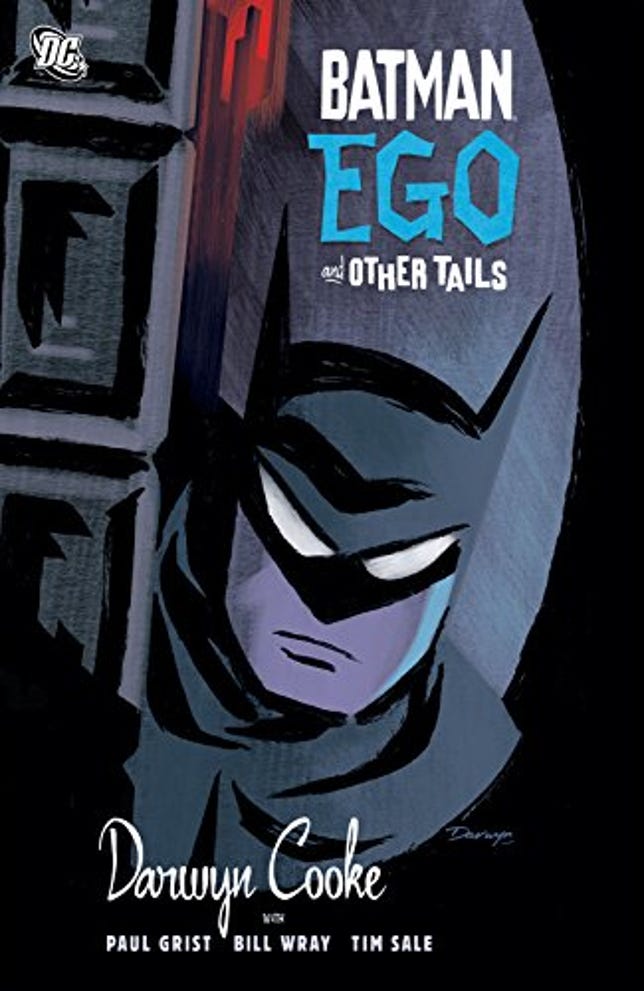

Psychological tale Batman: Ego was among the stories that inspired Reeves.
DC Comics
Darwyn Cooke’s Ego was really influential because it got into the psychology of the beast within being Batman, this drive for vengeance, this instinctual side.
And The Long Halloween for sure. Jeff Loeb was my screenwriting teacher at the University of Southern California — he was the one who told me that I should become a writer. When I was doing my [Batman] deep dive, I realized all of the ones that he’d written: Hush, Dark Victory and Long Halloween — so many iconic classics. Very inspirational.
Also, the tone of Year One, the Frank Miller/David Mazzucchelli story. The way in which that felt very practical and real and the way in which it made reference to kind of ’70s gothic noir cinema like Taxi Driver. There’s some notes that Frank Miller had written to Mazzucchelli that refer to Taxi Driver and how in one particular scene, Bruce Wayne should look like he just won the Travis Bickle lookalike contest.


The 1976 film Taxi Driver inspired the tone of iconic origin tale Batman: Year One, which in turn informed the mood of The Batman.
Columbia Pictures
That tone made me look to those movies as a way of revisiting neo-noir since this whole thing comes from the noir tradition. So there were many different comic books that influenced different aspects of the movie.
Gotham’s elite are quite the morally compromised bunch. Would it be accurate to say criminal figures like Carmine Falcone [played by John Turturro] are a rot that set in?
Yeah. It’s funny because the Bob Kane/Bill Finger comics and the late ’30s and early ’40s had a noir sensibility. And that sensibility took me back to Warner Bros. gangster movies, but they also took me back to the films that inspired me when I was really young, in the ’70s. They were what you would call neo-noirs, they were a redefinition of the noir.
One of them that was really important was [1974 detective movie] Chinatown. The way Los Angeles and Chinatown become a character in that movie and how the corruption of it is so central to this question about human nature and how corrupt we are. I thought that’s what Gotham should be.
Falcone, I thought, was kind of like the John Huston character, Noah Cross, that he’s this supposedly legitimate figure of power who you realize is a terrifying presence in that movie. I wanted Falcone to seemingly just be a genteel mobster but turns out to have a very, very dark history behind him.
Falcone’s introduction is almost understated, when Selena sees him in the club and Bruce sees him through her.
Yeah, you’re seeing Falcone through Bruce’s eyes through Selina’s eyes. The whole concept of that scene for me was putting Batman into the shoes of Selena, who would have to endure so much more being a woman in this corrupt world and becoming the object of all of these leering gazes.
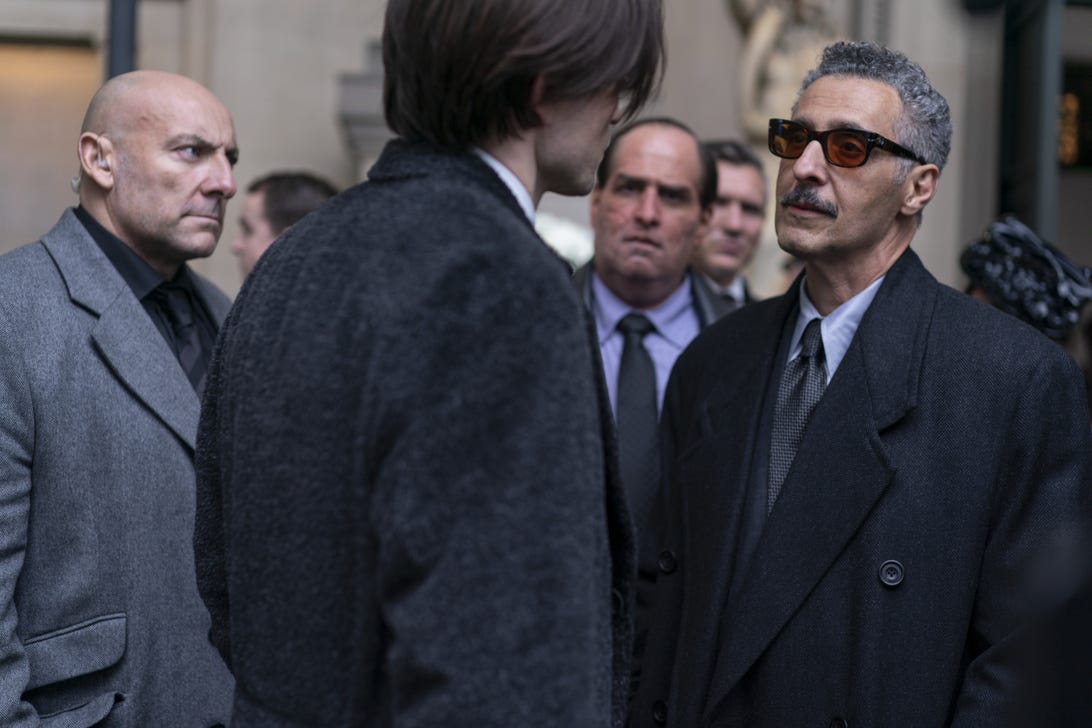

Carmine Falcone operated in the shadows of Gotham for decades.
Jonathan Olley/DC
And then to suddenly see Falcone looking at her in a way that you didn’t understand and begin to make certain assumptions about her that may or may not be true. That scene was a mysterious, provocative and understated way into introducing John [Turturro] into the movie.
Selena and Riddler challenge Bruce’s outlook in different ways. How would you say Bruce’s viewpoint evolves through the course of the movie?
I think it evolves dramatically. The concept from the beginning was “How can we put this character through an awakening?” I wanted him to be Batman, not an origin tale. But I wanted him to be early enough in his years of being Batman that he had room to improve and to change and to evolve.
As a Year Two Batman, he’s not as conscious as he should be about what’s driving him. The shadow side, his desire for revenge, and this personal animus and rage, those are pushing him in a way that makes him a little bit out of control.
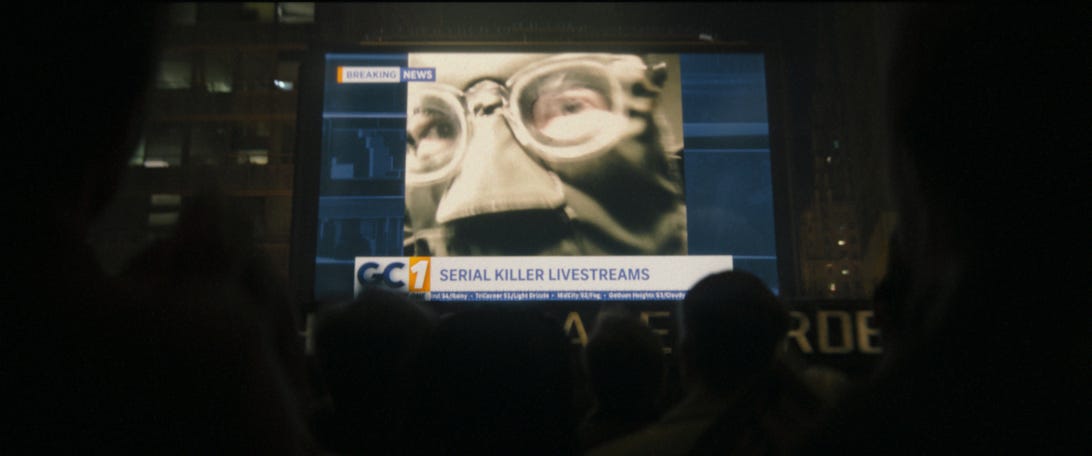

The Riddler and Batman have more in common than the hero would like to admit.
Jonathan Olley/DC
The way in which he and the Riddler are kind of two sides of the same coin is very unsettling; they’re kind of both after the same thing. And the way in which they have this interplay, I felt could unsettle him.
Over the course of the story, he might come to realize that the path of vengeance is not necessarily the path to becoming the hero he wants to be. This movement from an emblem of vengeance to an emblem of eventually hope was one of the early conceits that shaped the movie.
With Selena and even with the Riddler — all three of them were orphans. But they didn’t have the resources that Bruce had. While Bruce went through tremendous trauma when he was 10, he also had the safety net of being a Wayne. He had lots of privileges he never could realize he had.
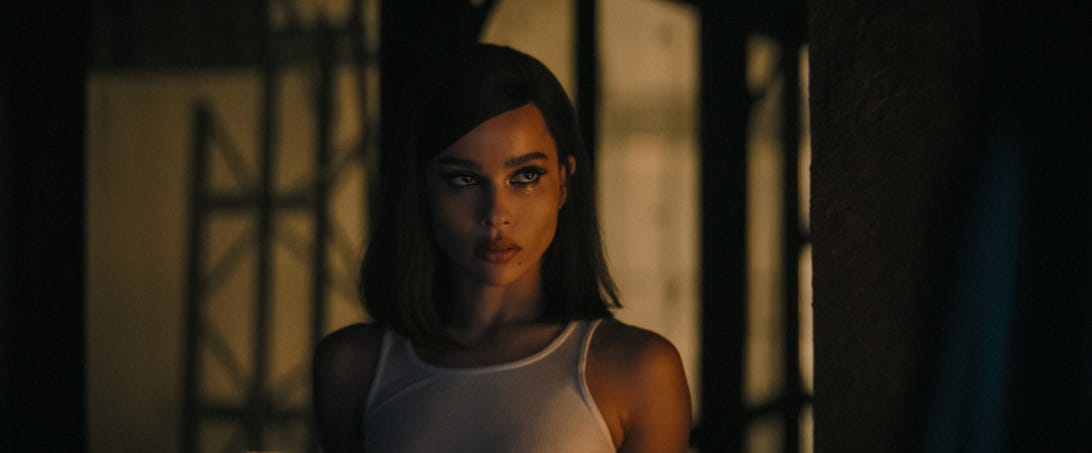

Selena Kyle offers Batman a fresh perspective on Gotham.
Jonathan Olley/DC
His involvement with Selena is an awakening to that too. He makes certain assumptions that because she exists in a corrupt world, she must be corrupt. But all of that comes because he’s been sheltered and has no idea she needs to survive and doesn’t have the resources that he had to survive in a place that is as difficult and brutal as Gotham.
Kinda like Evelyn Mulwray (Faye Dunaway’s character) in Chinatown; [the detective] thinks she’s a murderer to begin the story, that she’s somehow lying to him and she must be the classic femme fatale. But when you peel the layers away, you realize that her story is very emotional and very tragic and dark, and that she was not who he thought she was. And he becomes very drawn to her.
That felt like Bruce’s relationship with Selena. In those two ways, Batman’s whole outlook on the world changes by the end of this film.
Mayoral candidate Bella Reál [a new character played by Jayme Lawson] seems like a possible solution to Gotham’s problems.
The Riddler wouldn’t think so, but yes. She represents hope.
Bruce doesn’t appear to see that. And is that to do with his sheltered perspective?
Yeah, he thinks he’s doing everything he can. When people say “You’re not doing much,” it’s like “What are you talking about? I go out and I revisit the scene of my parents’ murder every night, and I’m trying to affect crime in the city by putting my life on the line.”
He hasn’t become sophisticated enough yet to realize the responsibility, power and influence that can come from the resources that he has, that were his birthright. So if he could figure out how to use those, he might be able to help. And Bella is in that sense of potential awakening for that side of him. He’s only just beginning all that, and the fact that she wins the election represents the possibility of that future.
Movies coming in 2022 from Marvel, Netflix, DC and more
In so many ways he’s rejected what it means to be a Wayne, and he’s engaged in this sort of compulsive, almost addiction to being Batman that’s really just about trying to make sense of his life, which he can’t really do. There’s so much more than he’s going to need to confront and take responsibility for if he’s going to mature and evolve into the character that we know he becomes.
What do you think Alfred’s perspective on that is?
Alfred is very unsettled at the parenting job that he’s done. He was never emotionally capable of being a father, he was just suddenly thrust in the position. He’s former MI6, he knows a lot about spycraft and fighting, but he knows nothing about raising a child.
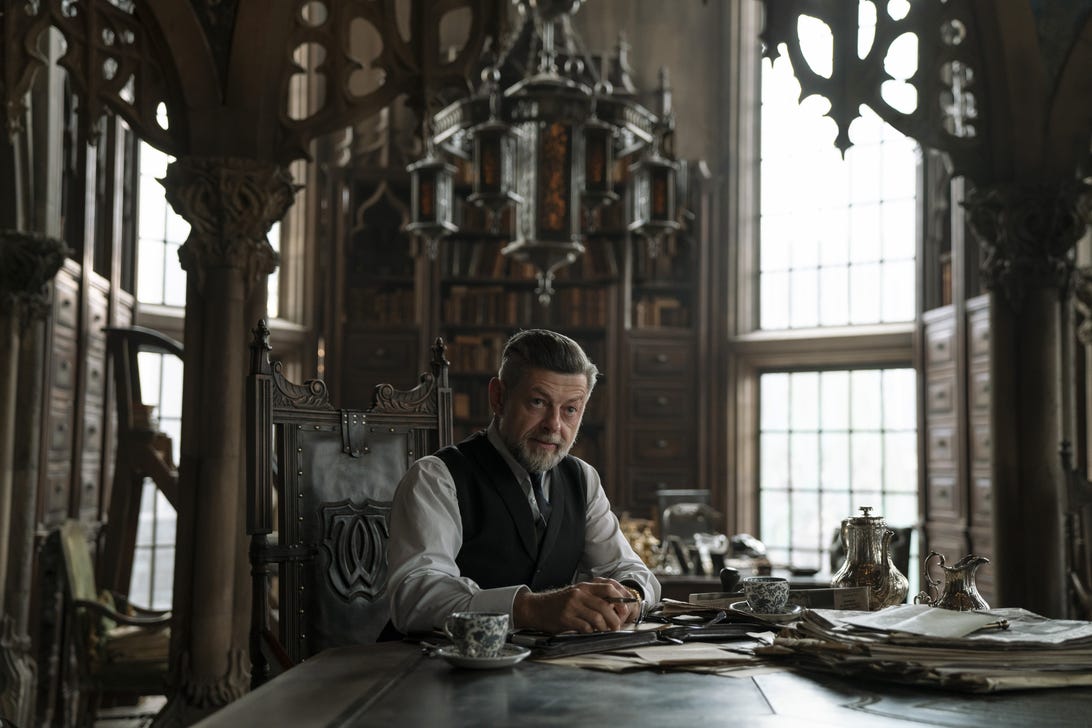

Alfred worries that his parenting has led Bruce down a dark path.
Jonathan Olley/DC
He’s realizing now as Bruce reaches his second year of being Batman, which seems to be a very dangerous path, that somehow his parenting has allowed this to happen. He’s worried that Bruce might be consumed in this obsessive journey, and feels very guilty.
When you look at certain fathers and sons, they might have difficulty connecting straightforwardly through emotion. But they might be able to communicate through something like sports. In this case, the spycraft, the solving of crimes and the idea of the fighting — that is something they can connect through. In a way, their love for each other expresses itself in very indirect terms. And then when it comes down to him trying to express his love, he doesn’t know how to do it.
How did Batman and Jim Gordon become so tight? It’s a fascinating relationship.
There was initially a scene where you heard what it was that forged their relationship, but I don’t want to reveal it yet, because we might get a chance to do it. That was inspired by Year One as well.
In that story, there’s an incident early on where Batman proves his worth and that he’s trustworthy to Gordon. And from then on, in Year One, they fight side by side against this tide of corruption.
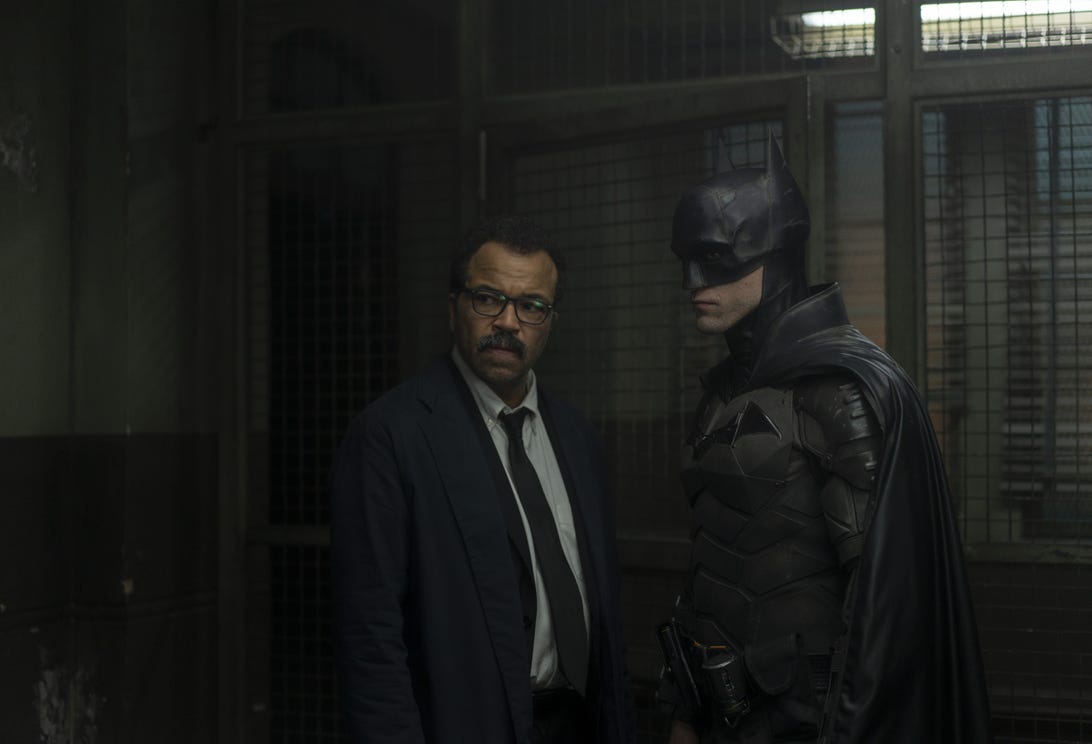

The origins of Jim Gordon and Batman’s alliance remain a mystery.
Jonathan-Olley/DC
And I similarly wanted this idea that early on, Batman had proven helpful to Gordon in a way that was very unexpected, and let Gordon know that there was more to him than just being a vigilante. And so I felt that they’re like Woodward and Bernstein, trying to solve this All the President’s Men-like mystery — how high the corruption goes — and trying to find the serial killer.
More than any other of the films, they’re like partners. It’s like they’re two cops together — it’s just one is in a cape and cowl. And the other is this lone figure lieutenant in the GCPD, who doesn’t really have a lot of allies. And so the two of them are bonded in their fight against corruption, the crime in the city, and they are truly partners and they solve this case together. I think it’s a really fun thing to see how much their relationship is central to the movie.
